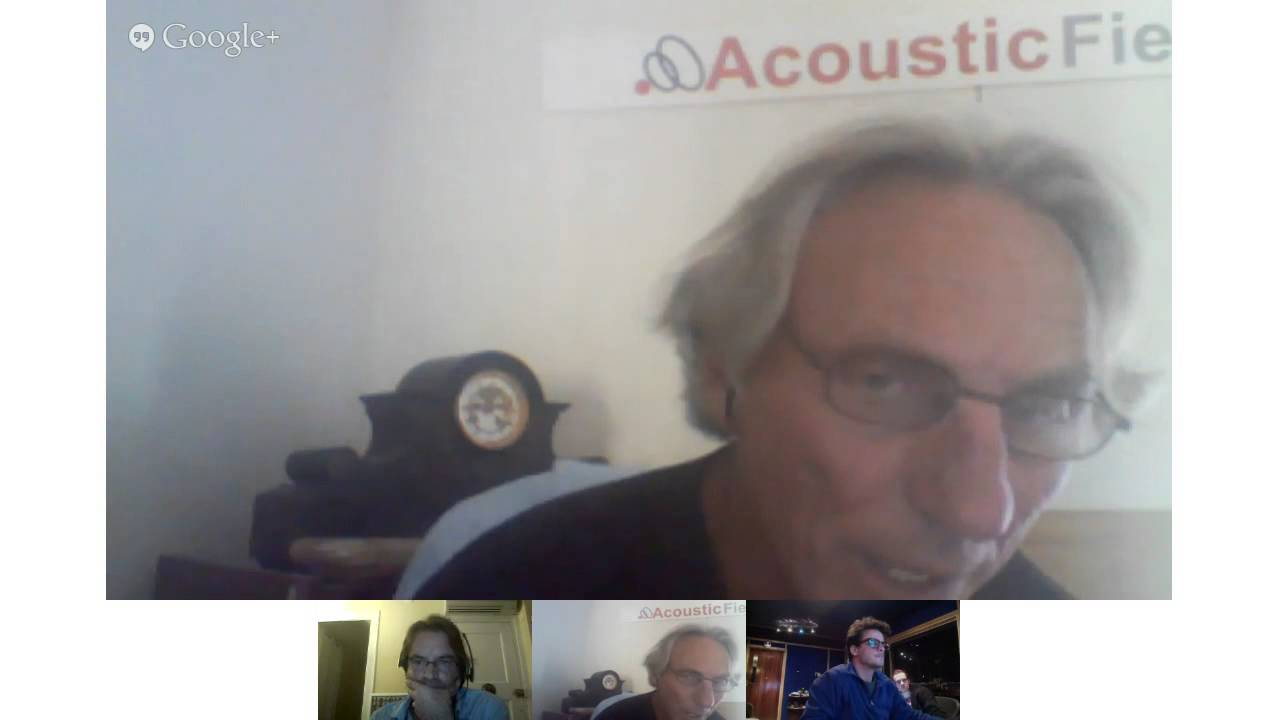Fossil Studios is a London based recording studio that has all the acoustic distortions found in all smaller rooms that we work and listen to music in. They have manged to tame the reflection issues but that low frequency or bass is always a real pain. It is so bad that they have to work around it at the listening position because the room modal issues at the listening or monitoring position are severe. The speaker/listening position need to be adjusted and low frequency absorption is required in large amounts because of the control room size. They have lived with this bass problem for four years and have finally decided to take some acoustic action.
So in this video Raz and Will, the owners of London’s Fossil Studios, express their continual dislike for the “bass sound” in their control room. They have been struggling with this issue for 4 years and have decided to build their own units and place them in the most problematic areas of the room. They will use existing carpenters in London to save large shipping costs from North America.
Bass Energy Management Is Critical
Bass energy in their rooms and its proper management is critical to the type of work that they do at Fossil Studios. They are fond of recording bass energy and working around the issues within their control room must end. They need to first find the location of each high and low pressure area within their control room. Next they need to know the amount of energy contained in each room mode area. Once those two variables have been satisfied they can proceed to selecting the correct low frequency absorption technology for the job at hand.
Room Mode Locations
Fossil Studios undertook our room mode hunting procedure which is available in our free video series (more on that later). You walk around the boundary surfaces of your room with a sound pressure meter. You generate low frequencies through your speaker system and measure the activity in the chosen area of your room. This pressure map and its readings will be used to compare with the average pressure readings which were taken in the middle of the room where pressure is at its lowest level. Modal pressure increases as you move closer to a room boundary surface such as a wall, floor, or ceiling.
Bass Boom
As you saw in the video, Raz expressed his discontent with having to deal with the excess pressure created by low frequencies within the control room. He has had to live with them for 4 years and now he has decided to take action by building our DIY – BDA low frequency diaphragmatic absorbers. He will be building a total of eight units for his control room. Each of the 8 units will be placed in the highest pressure areas first. Once that excess energy is managed correctly, he can then focus on areas of pressure that are not quite as high. He will have to do another room mode analysis after the eight units are in place to make sure they are positioned properly to work the best.
In Summary
I hope that seeing other people experiencing the same kind of issues as you will have helped. A solution is possible with the right treatment, namely our DIY Broadband Diaphragmatic Absorber plans which you can buy here.
I trust this post has been helpful. You can gain access to more exclusive in depth video training and tutorials on room acoustics by signing up for access here.
Thanks and speak soon
Dennis







